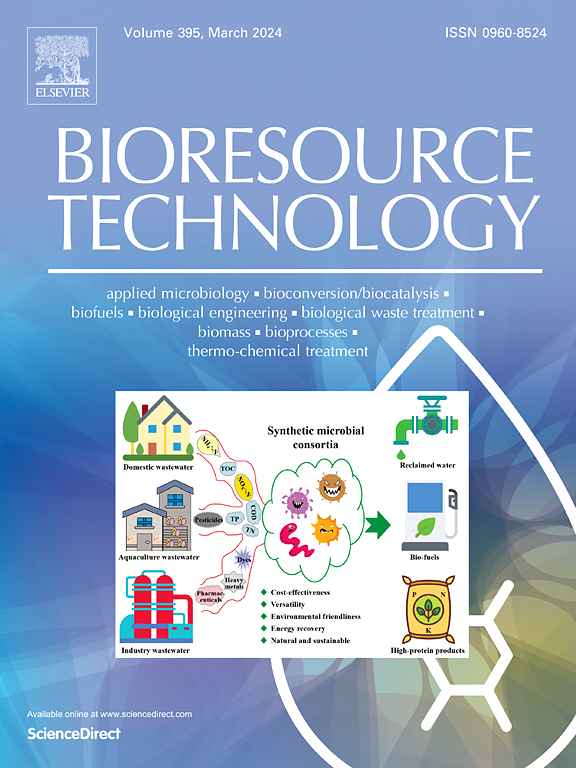Molecular insights into anammox inhibition induced by environmentally relevant sulfamonomethoxine and functional recovery via voltage stimulation
IF 9
1区 环境科学与生态学
Q1 AGRICULTURAL ENGINEERING
引用次数: 0
Abstract
Antibiotics contaminants, such as sulfamonomethoxine (SMM) pose significant environmental risks to biological wastewater treatment systems. This study systematically investigated the dose effects of SMM (0–500 μg/L) on anaerobic ammonium oxidation performance and evaluated the efficacy of voltage stimulation as a recovery strategy. Metabolomic profiling revealed that 10 μg/L SMM induced adaptive responses by promoting polysaccharide/lipid secretion. High SMM (≥100 μg/L) overwhelmed these defenses, inhibited the synthesis of essential amino acids and cofactors and ultimately degraded microbial communities by suppressing synthesis of purines and pyrimidines. Voltage stimulation (0.3–1.5 V) significantly shortened the recovery time by over one week by stabilizing membrane structures, promoting Heme c synthesis, and enhancing purine, pyrimidine, and amino acid metabolism. These findings highlight the severe inhibitory effects of SMM and demonstrate the potential of voltage stimulation as a promising strategy to mitigate antibiotic-induced disruptions, providing valuable insights for enhancing the resilience of wastewater treatment technologies.

环境相关磺胺甲氧嘧啶诱导厌氧氨氧化抑制和电压刺激功能恢复的分子机制
抗生素污染物,如磺胺甲氧苄胺(SMM)对生物废水处理系统构成重大的环境风险。本研究系统研究了SMM (0 ~ 500 μg/L)剂量对厌氧氨氧化性能的影响,并评价了电压刺激作为恢复策略的效果。代谢组学分析显示,10 μg/L SMM通过促进多糖/脂质分泌诱导适应性反应。高浓度的SMM(≥100 μg/L)破坏了这些防御机制,抑制了必需氨基酸和辅助因子的合成,并最终通过抑制嘌呤和嘧啶的合成来降解微生物群落。电压刺激(0.3-1.5 V)可稳定膜结构,促进血红素c合成,增强嘌呤、嘧啶和氨基酸代谢,显著缩短恢复时间一周以上。这些发现强调了SMM的严重抑制作用,并证明了电压刺激作为减轻抗生素引起的破坏的有希望的策略的潜力,为增强废水处理技术的弹性提供了有价值的见解。
本文章由计算机程序翻译,如有差异,请以英文原文为准。
求助全文
约1分钟内获得全文
求助全文
来源期刊

Bioresource Technology
工程技术-能源与燃料
CiteScore
20.80
自引率
19.30%
发文量
2013
审稿时长
12 days
期刊介绍:
Bioresource Technology publishes original articles, review articles, case studies, and short communications covering the fundamentals, applications, and management of bioresource technology. The journal seeks to advance and disseminate knowledge across various areas related to biomass, biological waste treatment, bioenergy, biotransformations, bioresource systems analysis, and associated conversion or production technologies.
Topics include:
• Biofuels: liquid and gaseous biofuels production, modeling and economics
• Bioprocesses and bioproducts: biocatalysis and fermentations
• Biomass and feedstocks utilization: bioconversion of agro-industrial residues
• Environmental protection: biological waste treatment
• Thermochemical conversion of biomass: combustion, pyrolysis, gasification, catalysis.
 求助内容:
求助内容: 应助结果提醒方式:
应助结果提醒方式:


